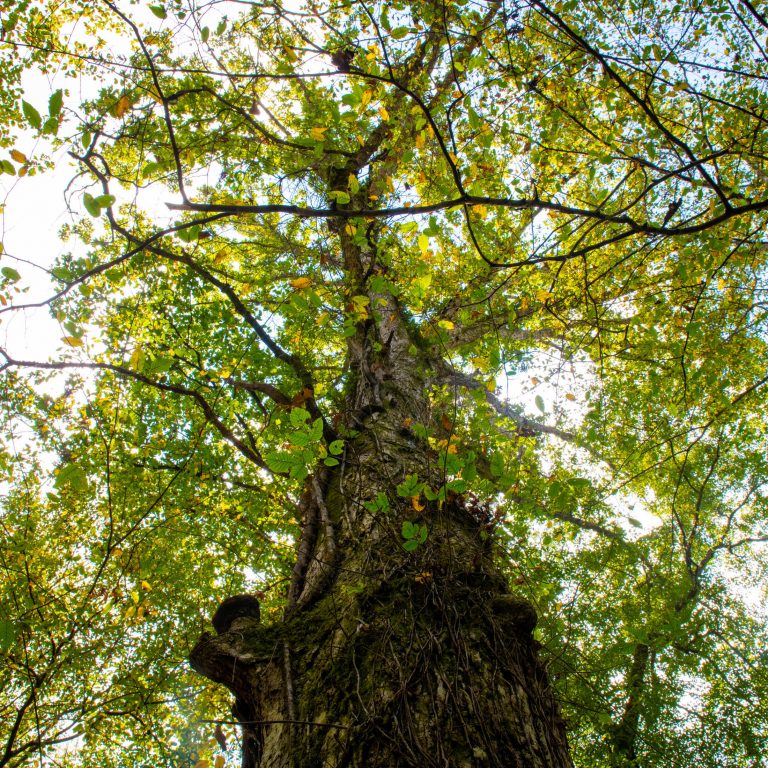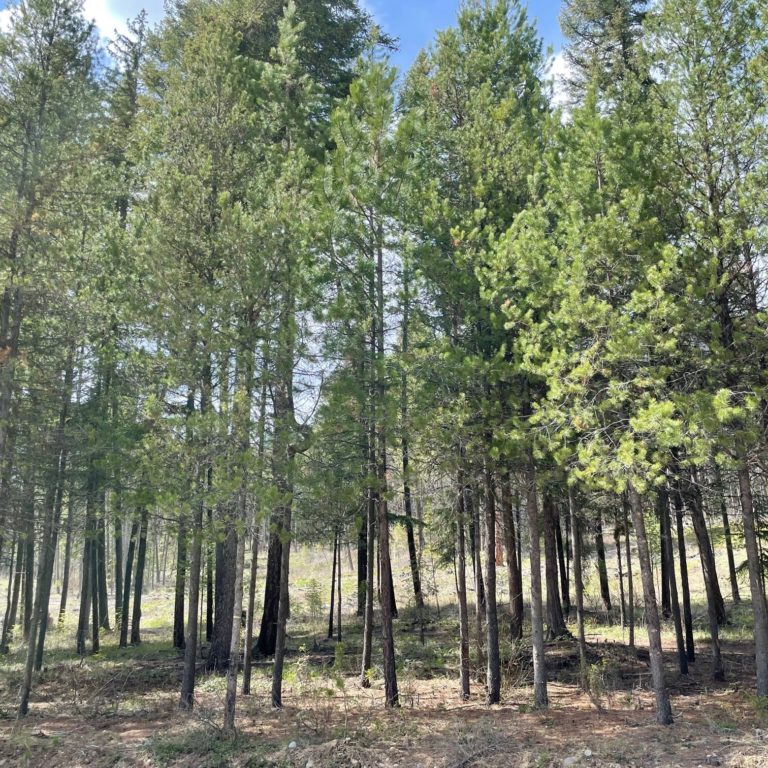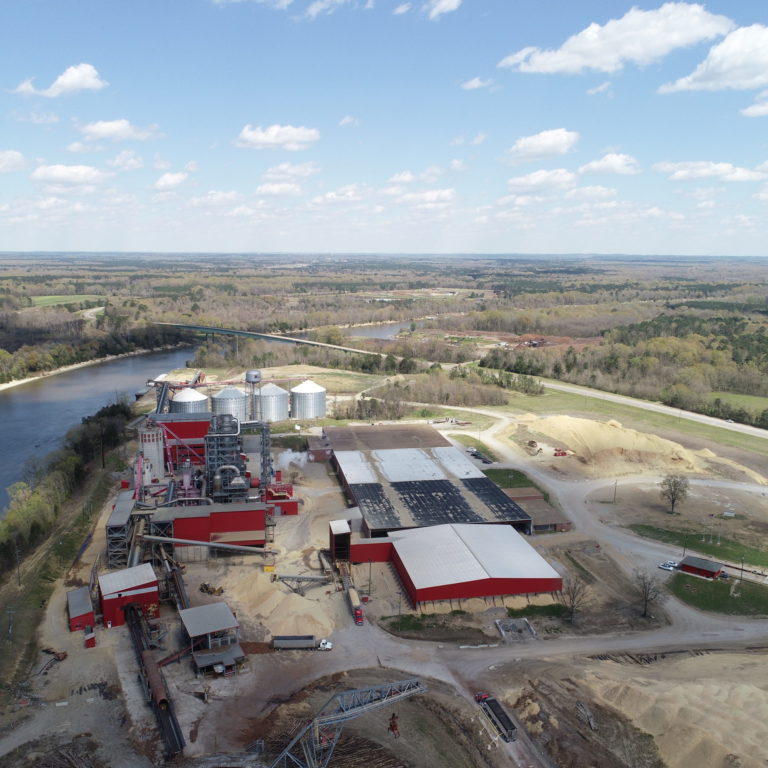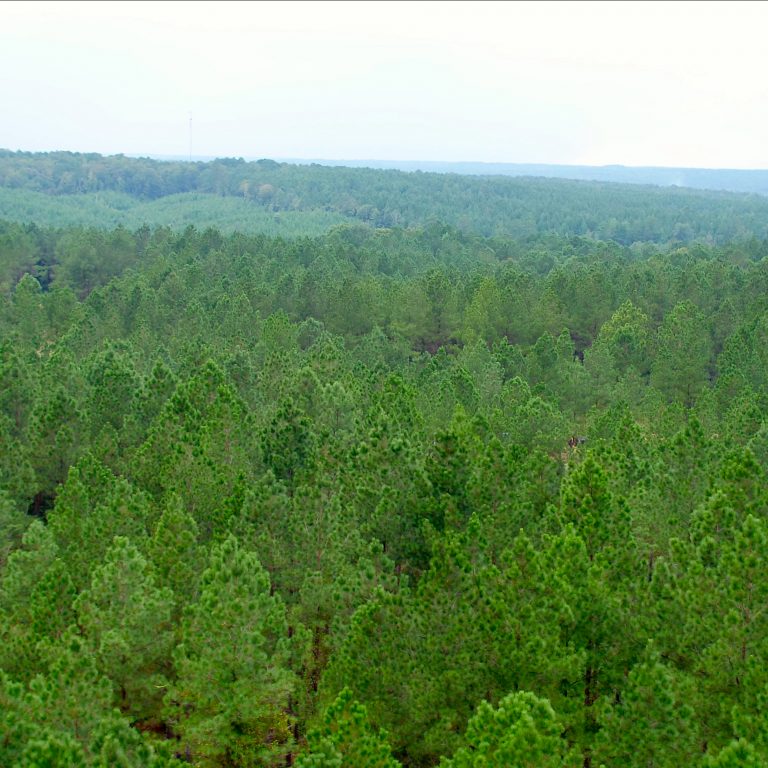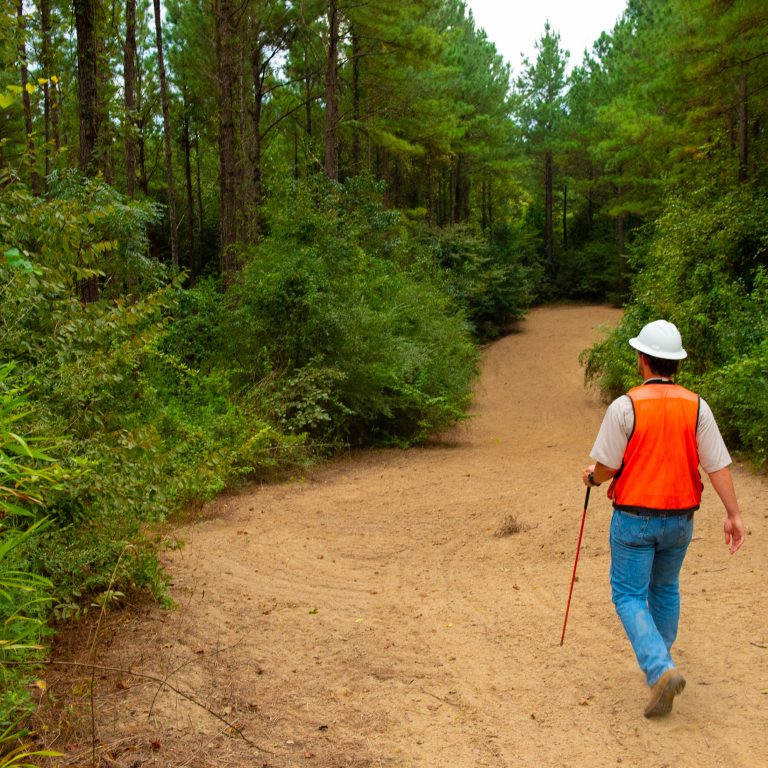Almost one third of the earth’s land mass is covered by forests. That’s an area of around 4 billion hectares, or roughly four times the size of the US.
In addition to being a prominent feature across the global landscape, forests also play a significant role in how we live. They make the air cleaner in cities and absorb carbon from the atmosphere. They provide bio-diversity and habits for wildlife. They also provide essential forest products such as paper, building materials and wood pellets for energy.
To celebrate the UN’s International Day of Forests, we’re looking at some of the reasons why forests and wood fuel are more powerful than you might think.
They’re a major source of renewable energy
Nearly half of the world’s renewable energy comes from forests in the form of wood fuel. Roughly 2.4 billion people around the world use it for things like cooking, heating and generating electricity. In fact, about 50% of the total global wood production is currently used for these purposes.
However, it is critical that this resource is managed sustainably and responsibly. One of the key aims of the International Day of Forests is to encourage people to utilise their local forest resources sustainably to ensure it endures for future generations.
They can revitalise economies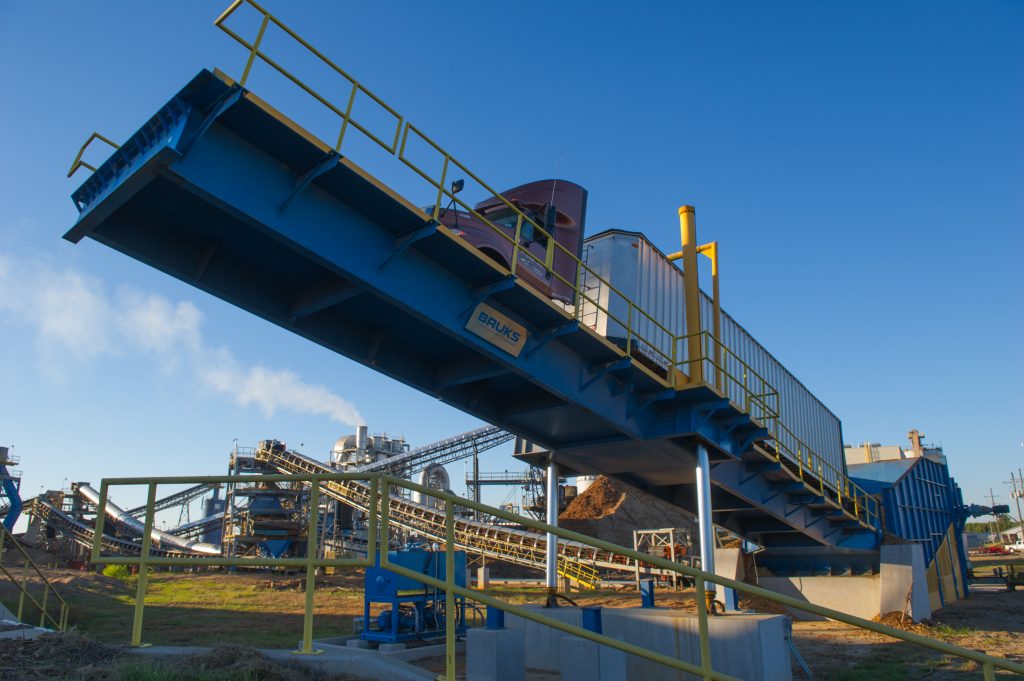
Because wood fuel is such a widely used energy source, it also supports a healthy, vibrant industry. Roughly 900 million people work in the wood energy sector globally.
More than that, rural economies built on wood energy can be revitalised by modernisation, which can then stimulate local business. Investment can help finance better forest management, which in turn leads to forest growth, improvements in sustainability standards and in some cases, increased employment.
They can help mitigate climate change
The world’s forests have an energy content about 10 times that of the global annual primary energy consumption, which makes it a hugely useful resource in helping meet energy demand in a sustainable and renewable way.
When wood is used as fuel it releases carbon dioxide (CO2). However, if this fuel is drawn from a responsibly managed forest or sustainable system of growing forests this carbon is offset by new tree plantings. The only emissions produced therefore are the ones involved in transporting the wood itself. The US Food and Agriculture Organization predict that by 2030 forestry mitigation with the help of carbon pricing could contribute to reductions of 0.2 to 13.8 Gigatonnes (Gt) CO2 a year.










